Xituo Ancient Town is located in Shizhu Tujia Autonomous County, Chongqing Municipality, and is a national 4A-level scenic area. The ancient town features distinct characteristics, with "Yunti Street" as its main architectural highlight. Running perpendicular to the Yangtze River, the street winds upward like a dragon, stretching approximately 1.9 kilometers in length, and is renowned as the "First Street Along the Miles-Long Yangtze River". Covering an area of about 0.5 square kilometers, the ancient town integrates natural landscapes with humanistic landscapes. Most of its buildings adopt the architectural style of the Ming and Qing dynasties, incorporating various cultural elements such as Bayu culture and Tujia culture, thus exhibiting unique charm.
Historical Culture
Xituo Ancient Town has a long history. As early as the Qin and Han dynasties, it was an important salt transportation wharf. The ancient Ba people settled here, and by virtue of the golden waterway of the Yangtze River and the unique terrain of Yunti Street, it became a crucial material distribution center connecting the upper and lower reaches of the Yangtze River. With the development of history, the ancient town went through changes in various dynasties, and the salt transportation trade continued to thrive. During the Ming and Qing dynasties, the ancient town boasted a prosperous commercial sector, attracting numerous merchants and immigrants. Tujia culture, Bayu culture, and foreign cultures blended here, forming a unique regional culture. Today, the architectural structures and street layout of Xituo Ancient Town still retain their ancient style, witnessing the vicissitudes of history and possessing extremely high historical and cultural value.
Major Attractions
Yunti Street
Yunti Street is the core attraction of Xituo Ancient Town. It is approximately 1.9 kilometers long, consisting of 113 steps and 1,124 stone steps. Lined with buildings of the Ming and Qing dynasties on both sides, the street is filled with shops, including many traditional handcraft stores and snack stalls. Tourists can stroll along the street, immerse themselves in the charm of history, and admire the unique architectural style.
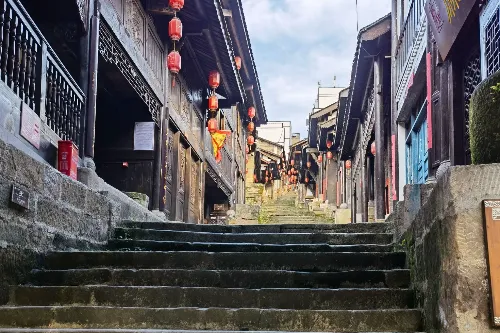

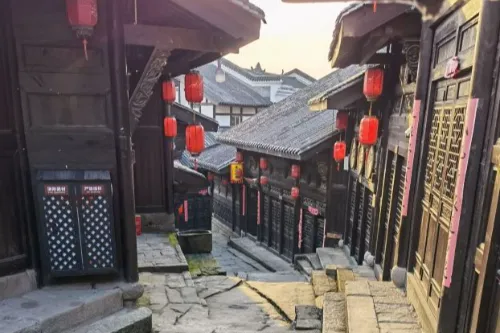
Ersheng Palace
Ersheng Palace, originally built in the Ming Dynasty, is a temple dedicated to Confucius and Guan Yu. It was initially located in Binjiang Community of Yanxi Town and was relocated and reconstructed at Dumenzui of Yunti Street in Xituo Ancient Town in 2012 due to the Three Gorges Project. Facing west with its back to the east, the architectural complex is built against the mountain and adopts a quadrangle-style Huizhou architecture. Composed of a mountain gate, left and right wing rooms, and a main hall, it covers an area of 900 square meters and is now a municipal-level cultural relic protection unit.

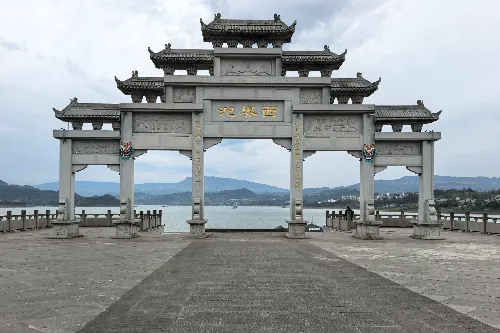

Huanhou Palace
Huanhou Palace, commonly known as "Zhang Fei Temple", was built in the early Qing Dynasty and has a history of over 300 years. It was specially constructed to worship Zhang Fei, a great general of the Shu State during the Three Kingdoms period. The hand-drawn map of Huanhou Palace recorded in the 22nd year of Daoguang in the Qing Dynasty (in the "Records of Shizhu Hall") can prove its existence at that time, and the main hall was renovated in the 3rd year of the Republic of China. This place was once used as the Sichuan Salt Merchants Guild Hall (also known as "Sichuan Guild Hall"), later served as the station of Xituo Security Team, and was converted into a photo studio after the founding of the People's Republic of China. The main hall has a width of 3 bays (15.28 meters) and a depth of 6.3 meters. The wooden walls inside the hall are painted with line drawings of Zhao Yun, Guan Yu, and Zhang Fei. Its architecture provides precious material materials for the study of local religious culture and guild hall culture.

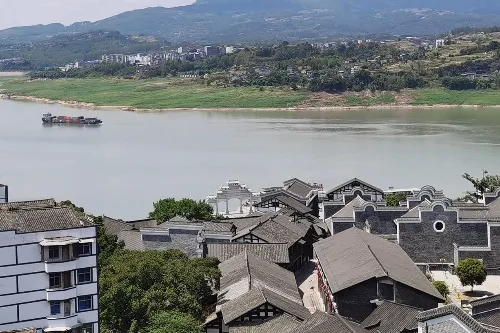
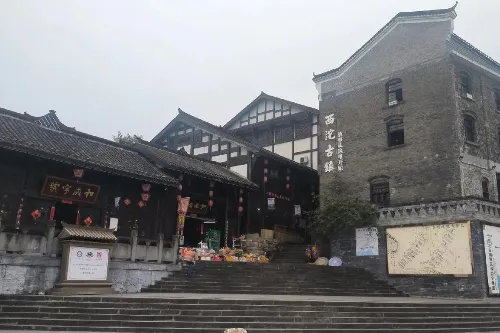
Qingzhong Hall
Qingzhong Hall, originally built in the 9th year of Tongzhi in the Qing Dynasty (1870), features a quadrangle layout and a brick-and-wood structure. It covers a total area of 1,192.29 square meters, with a construction area of 799.3 square meters, and consists of a main hall, left and right wing rooms, and a front hall. This place was once a nunnery, and after 1949, it served as the campus of Qingzhong Primary School (a village primary school). Now, it is a county-level cultural relic protection unit and has been transformed into the Shizhu Intangible Cultural Heritage Exhibition Hall, displaying a wealth of intangible cultural heritage items such as Tujia cow-playing props and salt transportation baskets.
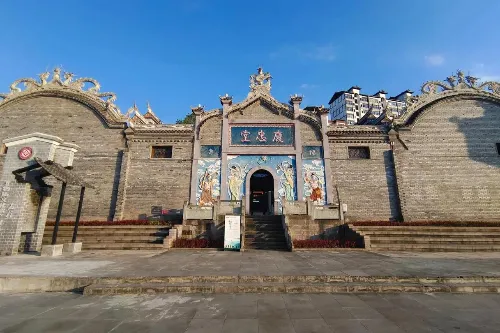
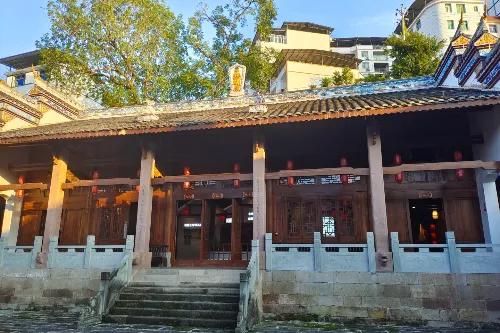

Yuwang Palace
Yuwang Palace is located in the middle section of Yunti Street. First built during the Qianlong period of the Qing Dynasty, it is the largest guild hall building in the ancient town. Originally, it was a fellow-townsman guild hall established in Xituo by merchants from Huguang (present-day Hunan and Hubei provinces) and was named after Yu the Great, the hero who tamed the floods, whom it enshrines. It covers an area of approximately 800 square meters, with a construction area of about 600 square meters.
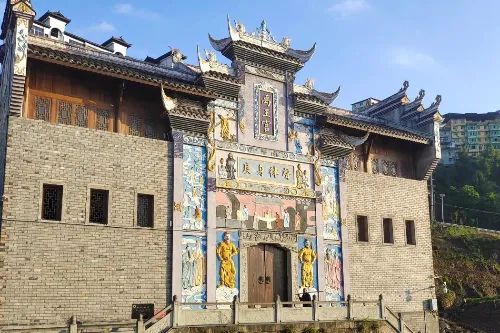
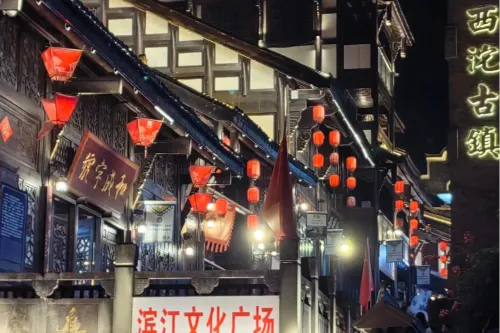
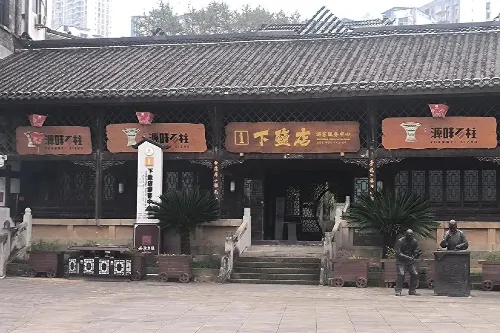
Tour Route
Tourists can enter from the entrance of the ancient town and stroll upward along Yunti Street, admiring the Ming and Qing-style buildings and shops on both sides of the street along the way. They can visit the Xituo Ancient Town Salt Transportation Museum to learn about the salt transportation history of the ancient town. After reaching the top of Yunti Street, they can head to Nanlongyan Well to experience the historical relics of the ancient town. During the tour, tourists can taste the characteristic local food of the ancient town and experience its local customs and traditions.
Travel Suggestions
- It is recommended to wear comfortable shoes, as there are many stone steps on Yunti Street, which facilitates sightseeing.
- You can learn about the historical culture of Xituo Ancient Town in advance to better appreciate the scenic spots and buildings of the ancient town.
- When tasting food, pay attention to food hygiene and choose regular restaurants and snack stalls.
- When visiting the Xituo Ancient Town Salt Transportation Museum, abide by the museum regulations and take good care of cultural relics.
Notes
- Abide by the relevant regulations of the ancient town and do not damage the buildings or the environment of the ancient town.
- Pay attention to safety when touring Yunti Street, especially when going up and down the stone steps, and be careful not to slip.
- Respect the local customs and habits, especially the cultural traditions of the Tujia people.
- In case of problems or emergencies, contact the scenic area staff in a timely manner.
Transportation
- By Air: You can first arrive at Chongqing Jiangbei International Airport, then take a long-distance bus or a taxi to Shizhu Tujia Autonomous County, and then transfer to local transportation to Xituo Ancient Town.
- By Railway: Take a train to Shizhu County Station, and after getting off the train, take a bus to Xituo Ancient Town or go there by taxi.
- By Highway: Self-driving tourists can reach Shizhu Tujia Autonomous County via highways such as the Shanghai-Chongqing Expressway, then go to Xituo Ancient Town according to the navigation. There are parking lots around the ancient town.
Opening Hours
Xituo Ancient Town is open all day long, but the opening hours of some scenic spots may vary. The Xituo Ancient Town Salt Transportation Museum is generally open from 9:00 a.m. to 5:00 p.m., and is closed every Monday (except on holidays).
Tickets
Xituo Ancient Town is open to the public free of charge. Some scenic spots, such as the Xituo Ancient Town Salt Transportation Museum, may charge a separate fee. The specific fee shall be subject to the announcement of the scenic area.


